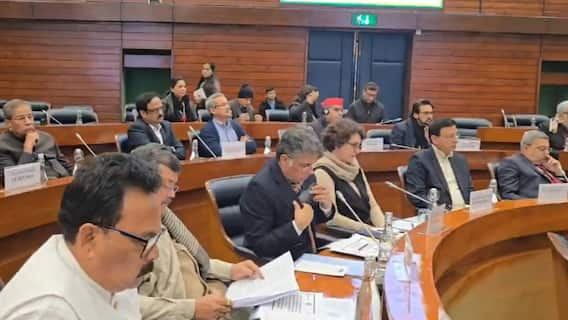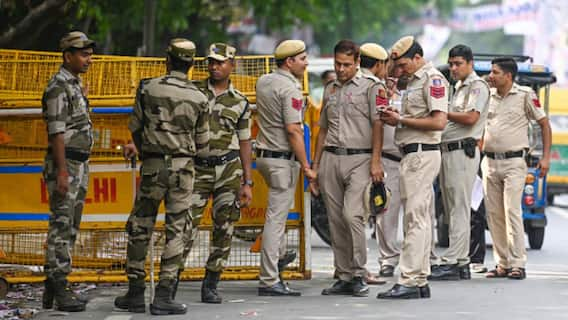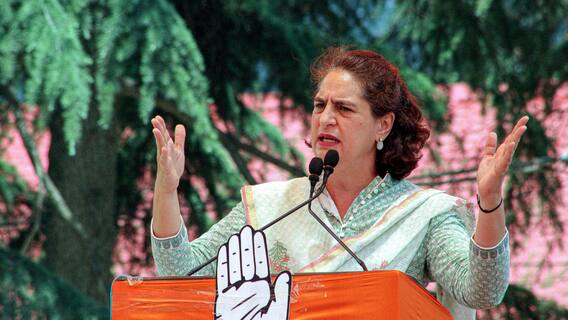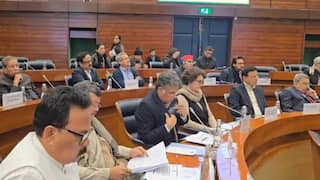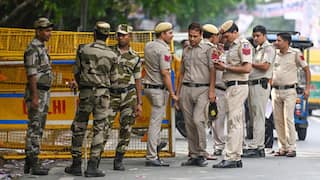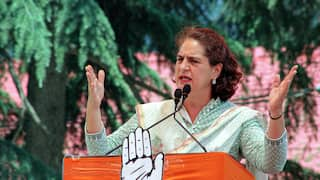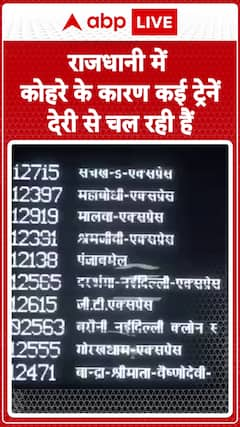Urban Slums Had Higher Prevalence Of Covid-19, Here's What ICMR Survey Reveals
The ICMR’s latest national serosurvey conducted between December 17, 2020, and January 8 this year found that urban slums (31.7 percent) and urban non-slums (26.2 percent) had a higher SARS-CoV-2 (severe acute respiratory syndrome coronavirus 2) prevalence than that in rural areas (19.1 percent).

New Delhi: Around 23.4 percent of individuals above 60 years of age had suffered from the novel COVID-19, the Indian Council of Medical Research (ICMR) said in its latest survey.
The ICMR’s latest national serosurvey conducted between December 17, 2020, and January 8 this year found that urban slums (31.7 percent) and urban non-slums (26.2 percent) had a higher SARS-CoV-2 (severe acute respiratory syndrome coronavirus 2) prevalence than that in rural areas (19.1 percent).
READ: Modi Govt ‘Murdering Democracy’, Trying To Govern Delhi Through 'Backdoor': Delhi Dy CM Sisodia
The ICMR survey also found out that over 21 percent of the population, aged 10 years and above, showed evidence of past exposure to COVID-19.
ICMR Director General Dr. Balram Bhargava while presenting the survey findings said 21.4 percent of the 28,589 people, aged 18 years and above, surveyed during the period showed evidence of past exposure to the coronavirus infection.
“While 25.3 percent of children, aged 10 to 17 years, from the same number of surveyed population have had the disease,” he added.
READ: Yogi Adityanath Government To Set Up Village 'Haats' And Rural Markets For Farmers' Welfare
The blood samples of 7,171 healthcare workers were collected during the same time and the seroprevalence was found to be 25.7 percent.
The survey this time was conducted in the same 700 villages or wards in 70 districts in 21 states selected during the first and second rounds of the national serosurvey.
Over 49 lakh people have so far been vaccinated in the country.
Check out below Health Tools-
Calculate Your Body Mass Index ( BMI )
Trending News
Top Headlines








